-
 Afrikaans
Afrikaans -
 Albanian
Albanian -
 Amharic
Amharic -
 Arabic
Arabic -
 Armenian
Armenian -
 Azerbaijani
Azerbaijani -
 Basque
Basque -
 Russian
Russian -
 Bengali
Bengali -
 Bosnian
Bosnian -
 Bulgarian
Bulgarian -
 Catalan
Catalan -
 Cebuano
Cebuano -
 Corsican
Corsican -
 Croatian
Croatian -
 Czech
Czech -
 Danish
Danish -
 Dutch
Dutch -
 English
English -
 Esperanto
Esperanto -
 Estonian
Estonian -
 Finnish
Finnish -
 French
French -
 Frisian
Frisian -
 Galician
Galician -
 Georgian
Georgian -
 German
German -
 Greek
Greek -
 Gujarati
Gujarati -
 Haitian Creole
Haitian Creole -
 hausa
hausa -
 hawaiian
hawaiian -
 Hebrew
Hebrew -
 Hindi
Hindi -
 Miao
Miao -
 Hungarian
Hungarian -
 Icelandic
Icelandic -
 igbo
igbo -
 Indonesian
Indonesian -
 irish
irish -
 Italian
Italian -
 Japanese
Japanese -
 Javanese
Javanese -
 Kannada
Kannada -
 kazakh
kazakh -
 Khmer
Khmer -
 Rwandese
Rwandese -
 Korean
Korean -
 Kurdish
Kurdish -
 Kyrgyz
Kyrgyz -
 Lao
Lao -
 Latin
Latin -
 Latvian
Latvian -
 Lithuanian
Lithuanian -
 Luxembourgish
Luxembourgish -
 Macedonian
Macedonian -
 Malgashi
Malgashi -
 Malay
Malay -
 Malayalam
Malayalam -
 Maltese
Maltese -
 Maori
Maori -
 Marathi
Marathi -
 Mongolian
Mongolian -
 Myanmar
Myanmar -
 Nepali
Nepali -
 Norwegian
Norwegian -
 Norwegian
Norwegian -
 Occitan
Occitan -
 Pashto
Pashto -
 Persian
Persian -
 Polish
Polish -
 Portuguese
Portuguese -
 Punjabi
Punjabi -
 Romanian
Romanian -
 Russian
Russian -
 Samoan
Samoan -
 Scottish Gaelic
Scottish Gaelic -
 Serbian
Serbian -
 Sesotho
Sesotho -
 Shona
Shona -
 Sindhi
Sindhi -
 Sinhala
Sinhala -
 Slovak
Slovak -
 Slovenian
Slovenian -
 Somali
Somali -
 Spanish
Spanish -
 Sundanese
Sundanese -
 Swahili
Swahili -
 Swedish
Swedish -
 Tagalog
Tagalog -
 Tajik
Tajik -
 Tamil
Tamil -
 Tatar
Tatar -
 Telugu
Telugu -
 Thai
Thai -
 Turkish
Turkish -
 Turkmen
Turkmen -
 Ukrainian
Ukrainian -
 Urdu
Urdu -
 Uighur
Uighur -
 Uzbek
Uzbek -
 Vietnamese
Vietnamese -
 Welsh
Welsh -
 Bantu
Bantu -
 Yiddish
Yiddish -
 Yoruba
Yoruba
Ka lole i uhi ʻia i ka pulupulu Twill
Hana ʻia kēia lole i 100% pulupulu, a me ka uhi ʻia He hana pale makani maikaʻi ka lole. ʻO ka lole maʻemaʻe, palupalu i ka hoʻopā ʻana, ikaika ka ʻili, waiwai i nā waihoʻoluʻu, a me ka nani. Eia kekahi, hiki i kekahi mau lole i uhi ʻia ke pāʻani i kahi hana wai maikaʻi a loaʻa nā waiwai pale ua. He kūpono no ka hana ʻana i nā ʻaʻahu ua, nā lole ski wai a me ka hanu, nā lole hele wāwae, etc.
Can Cotton Twill Be Dyed?
Cotton fibers are highly absorbent, making them ideal for taking up dye.
ʻO ka twill weave does not interfere with the dyeing process; in fact, it can enhance the fabric’s appearance by emphasizing texture and depth of color.
Cotton twill is typically piece-dyed a i ʻole garment-dyed, though yarn-dyeing is also common, especially for patterns like denim or chino fabrics.
Suitable Dyes for Cotton Twill:
Reactive dyes (most common; form a chemical bond with the fiber)
Direct dyes (simple process, but less washfast)
Vat dyes (excellent colorfastness; used in denim)
Sulfur dyes (typically used for darker shades like blacks and navy)
Key Considerations:
Pre-treatment (scouring or bleaching) may be needed for uniform dye uptake.
Post-dyeing washing and fixing are important for colorfastness.
Kuleana kope © 2025 Hebei Henghe Bangxing New Material Co., Ltd. Mālama ʻia nā kuleana a pau. Sitemap | Kulekele pilikino


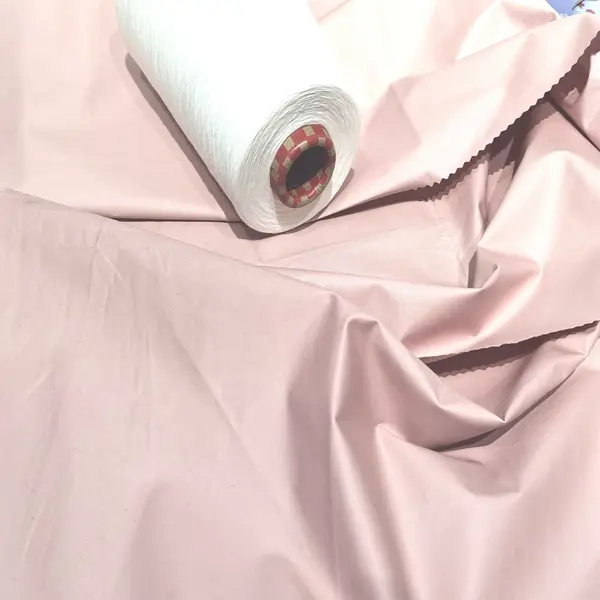
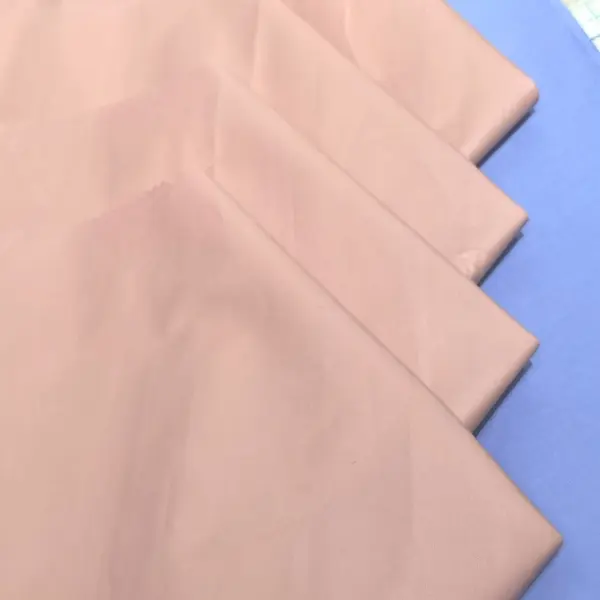
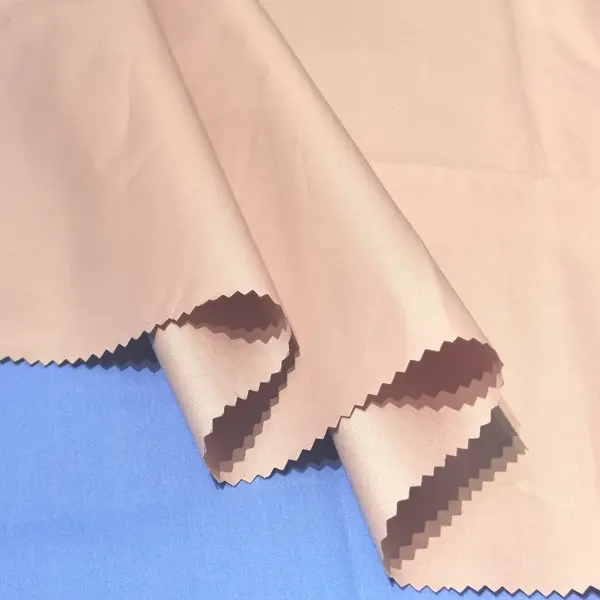
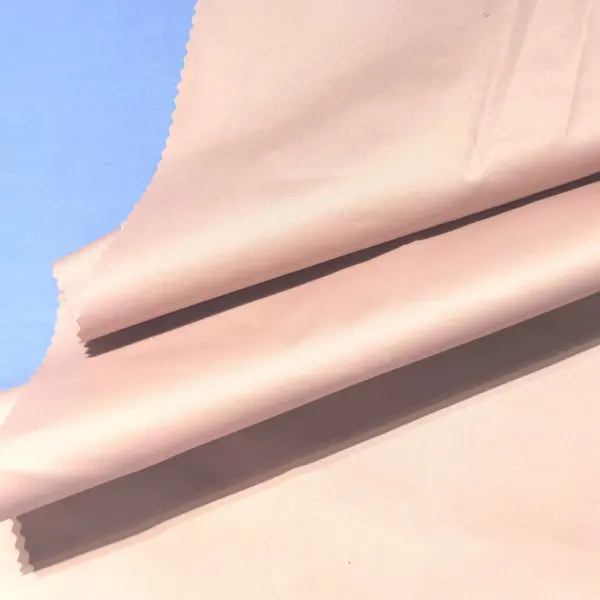
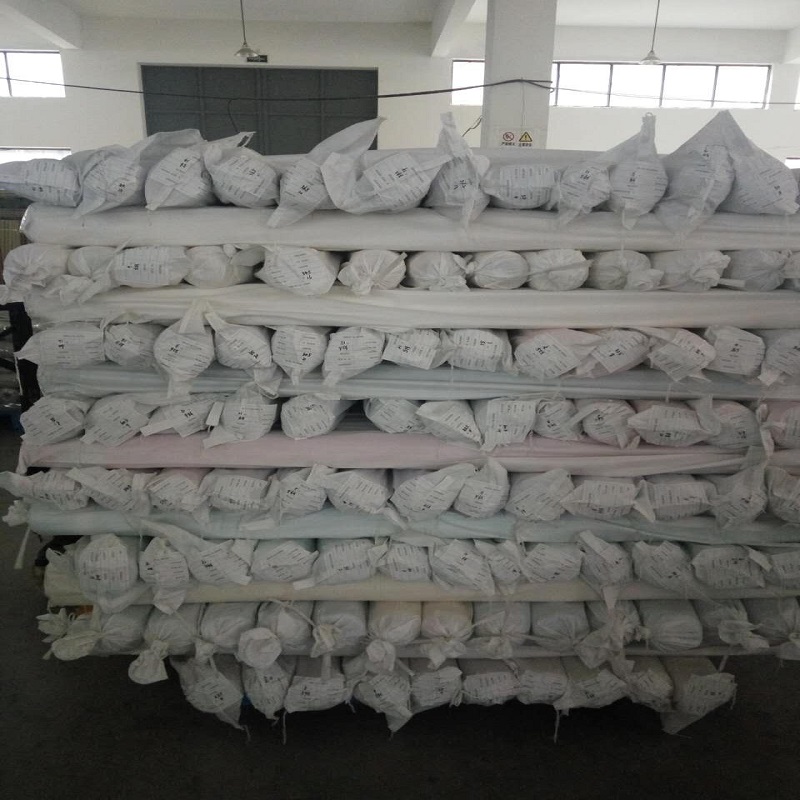
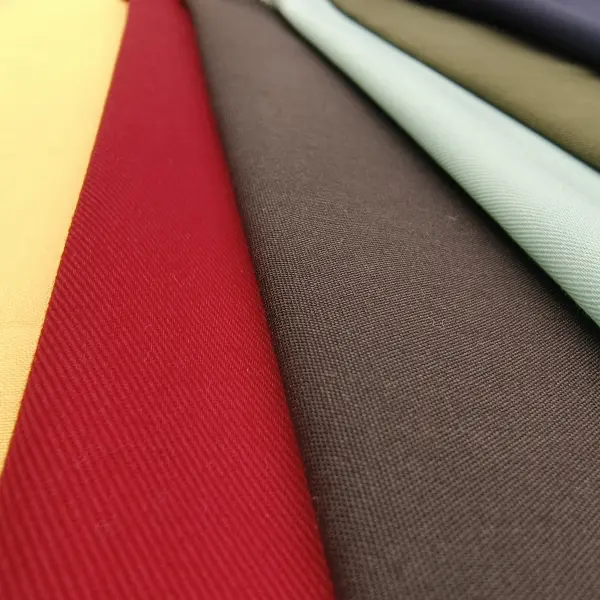
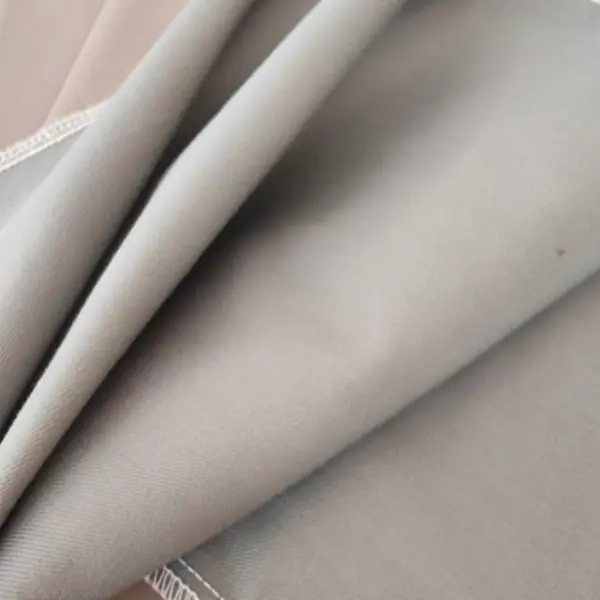
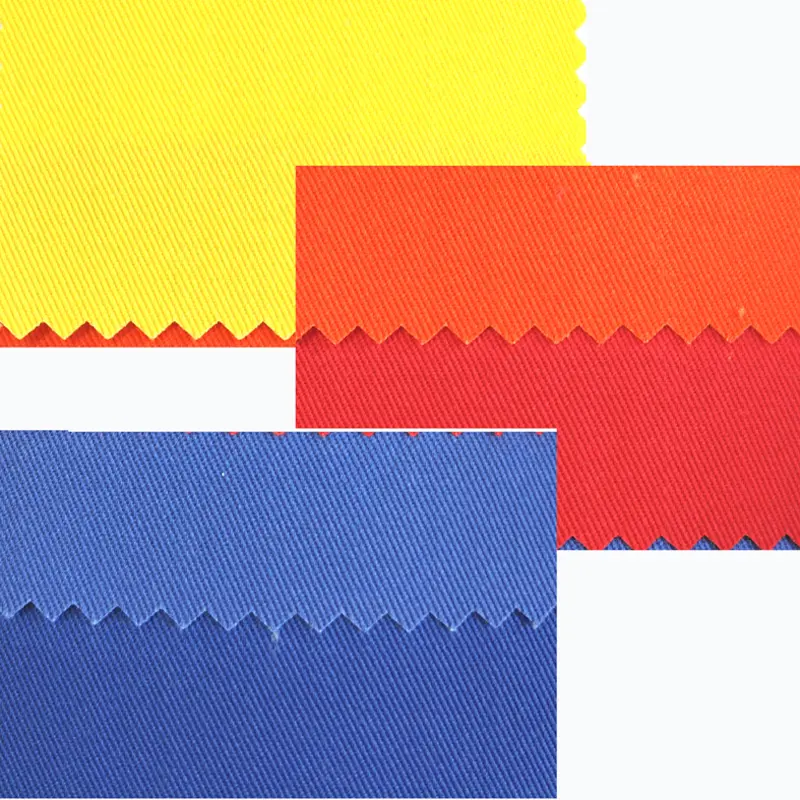
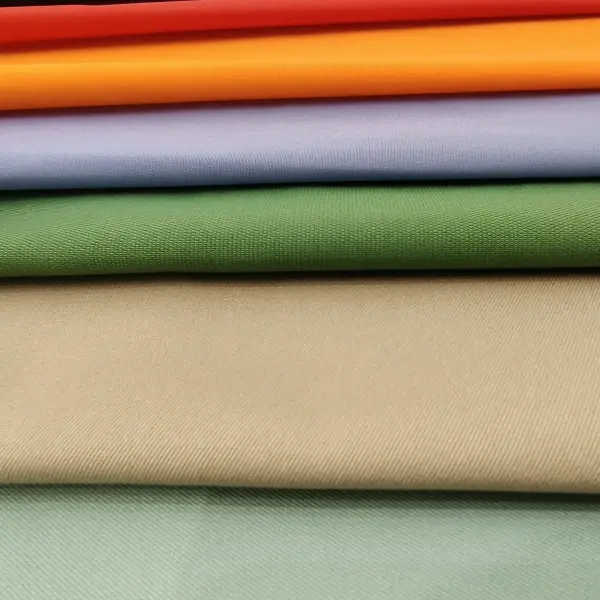
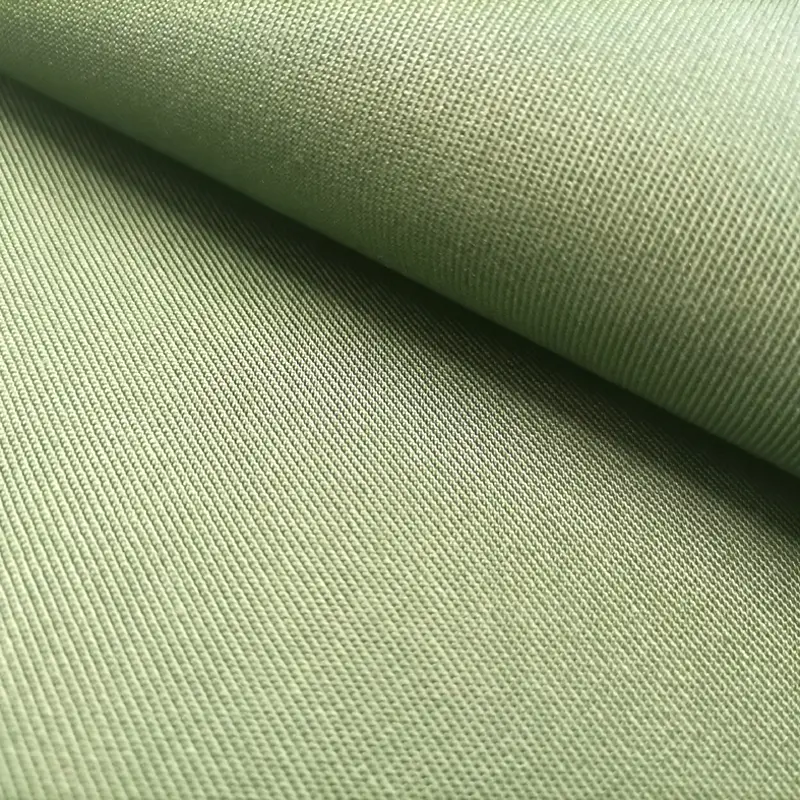

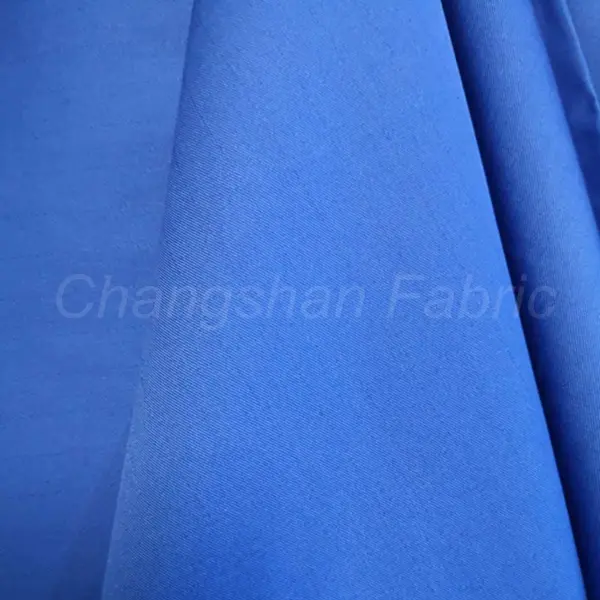
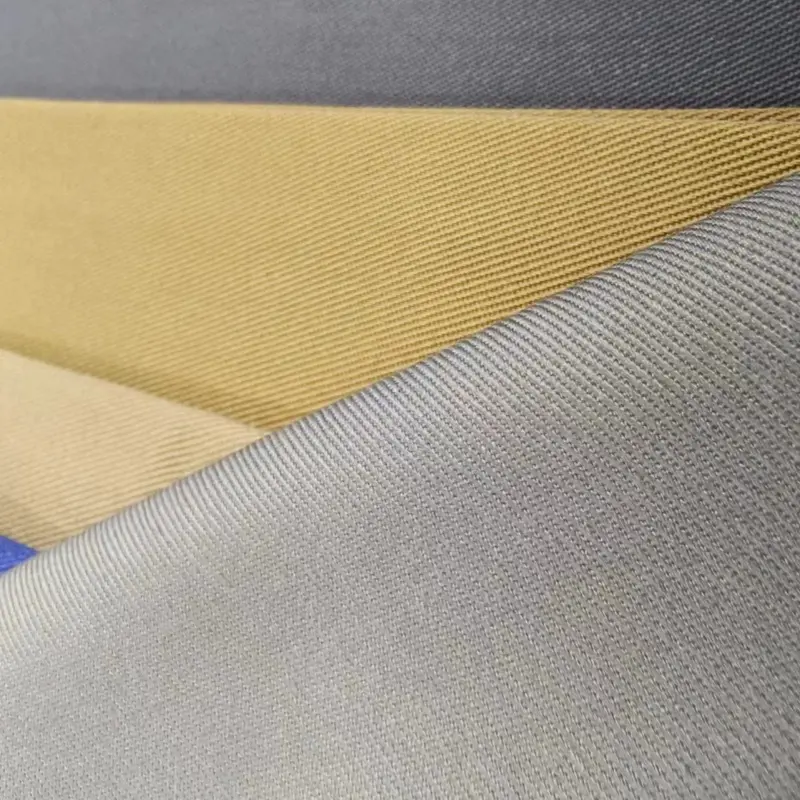
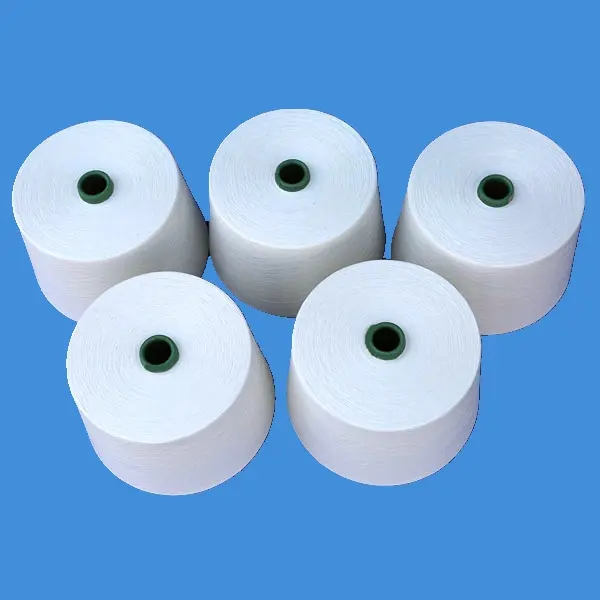


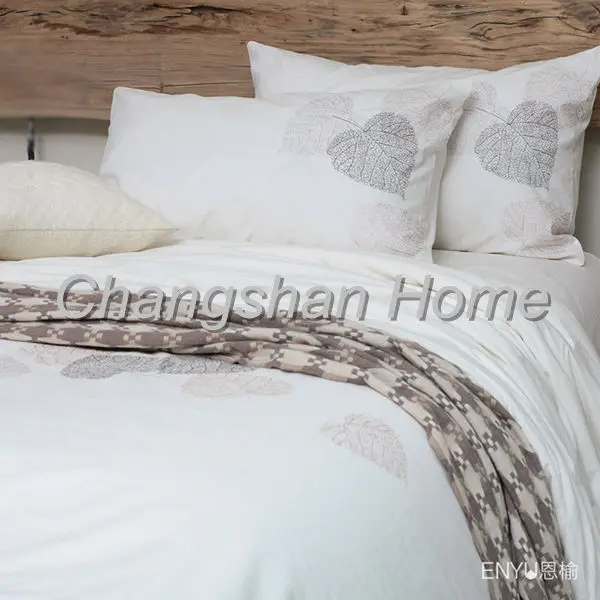
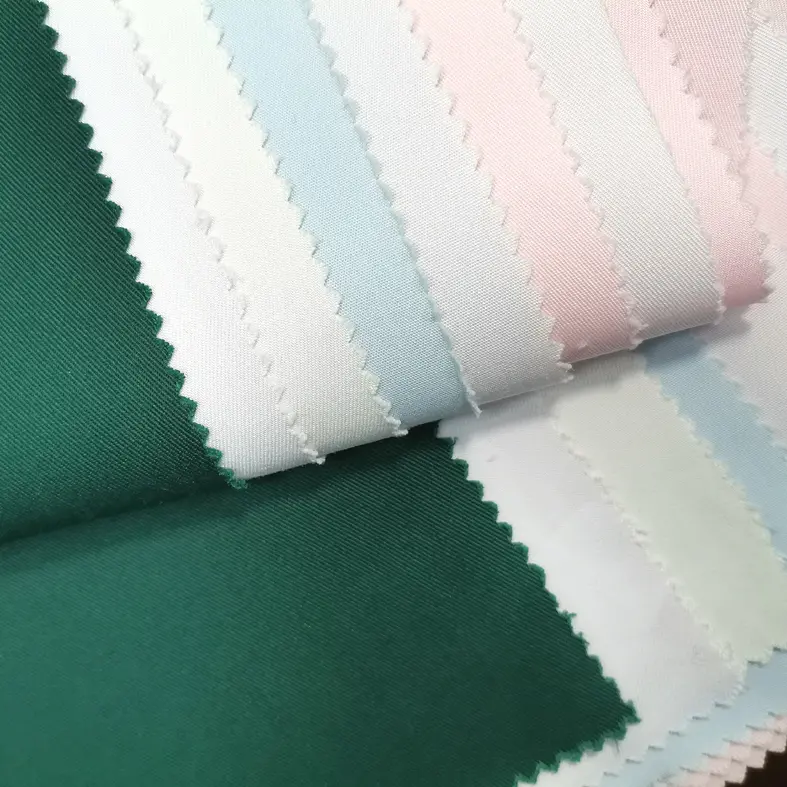
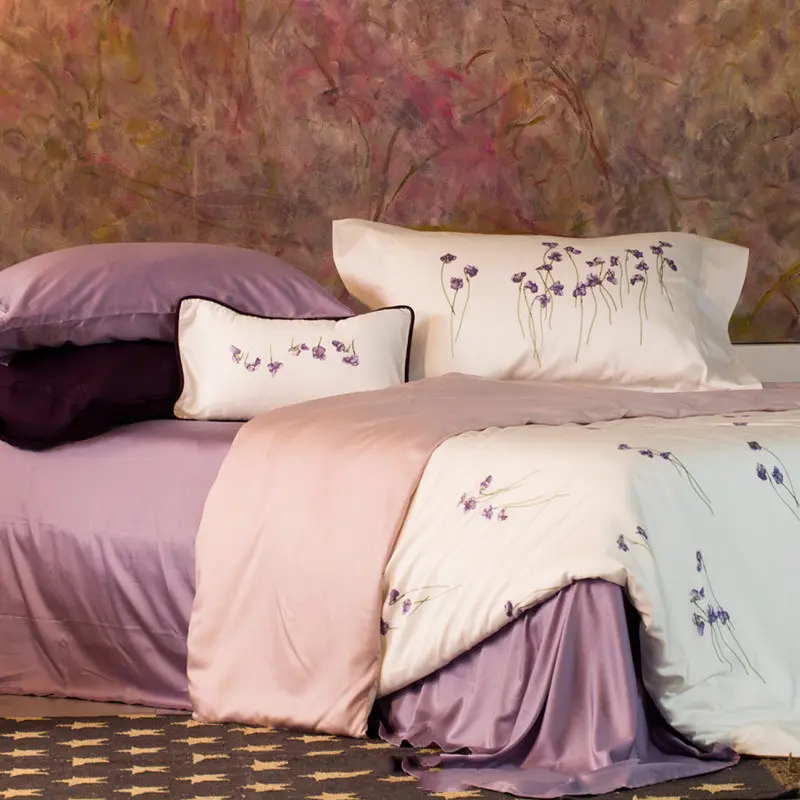
 Pili-ʻili
Pili-ʻili ʻAnoʻano
ʻAnoʻano Ka lōʻihi
Ka lōʻihi Hōʻoiaʻiʻo
Hōʻoiaʻiʻo
